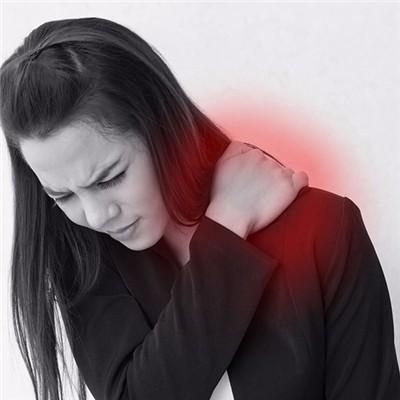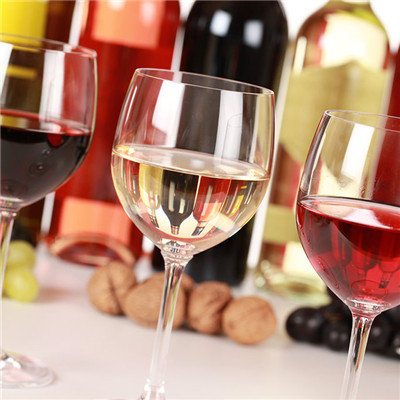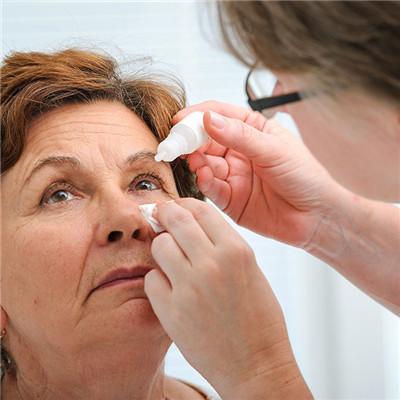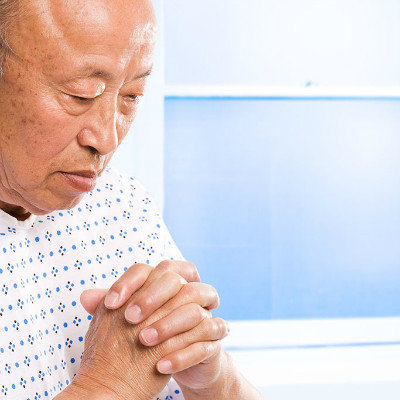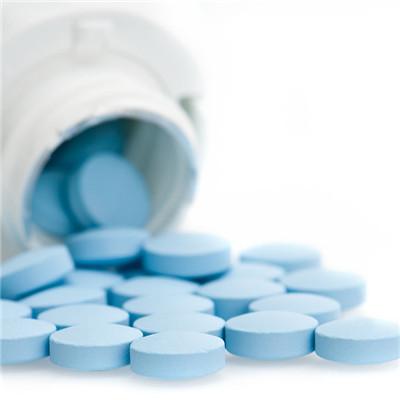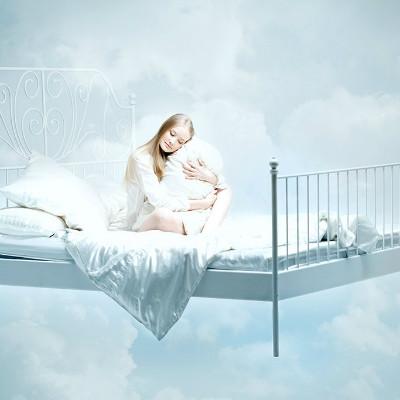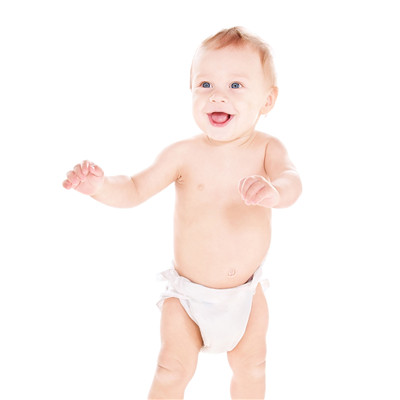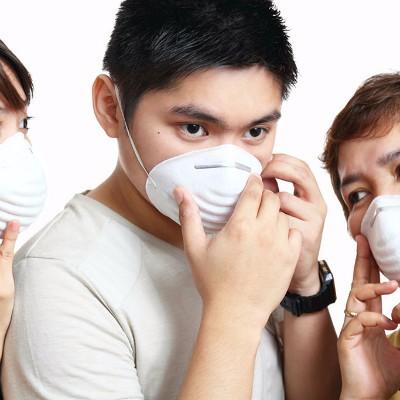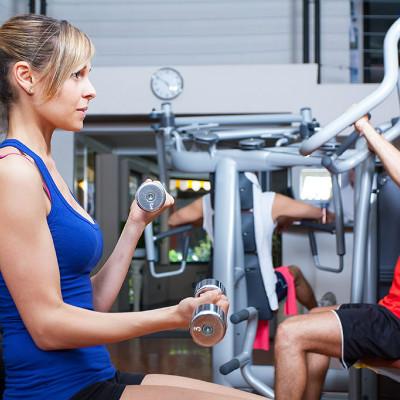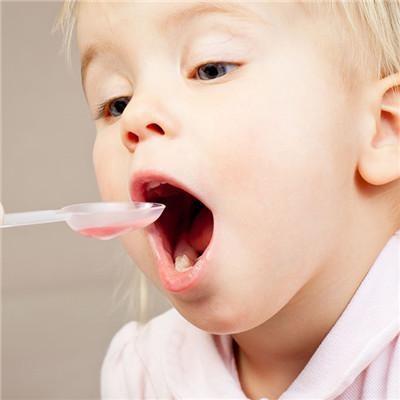What clinical symptom does cholecystitis have?
summary
Cholecystitis is a common disease with a high incidence rate. According to its clinical manifestations and clinical course, it can be divided into acute and chronic types, which often coexist with cholelithiasis. Right upper abdominal pain or colic, more common in stones or parasites incarcerated obstruction of gallbladder neck caused by acute cholecystitis, pain often sudden onset, very severe, or colic. With the development of gallbladder inflammation, the pain can be aggravated, and the pain is radioactive. The most common radiation sites are the right shoulder and the lower corner of the right scapula. What clinical symptom does cholecystitis have? Let's talk about it
What clinical symptom does cholecystitis have?
Pain: severe pain or colic in the right upper abdomen, mostly acute cholecystitis caused by stone or parasite impaction and obstruction of the neck of gallbladder; Pain is often sudden onset, very severe, or colic like, more occurs after eating high-fat food, more occurs at night; The general pain of the right upper abdomen is seen in the non obstructive acute cholecystitis of the cystic duct. The pain of the right upper abdomen is generally not severe, and most of it is persistent swelling pain. With the progress of gallbladder inflammation, the pain can be aggravated, and the pain presents radioactivity. The most common radiation sites are the right shoulder and the lower corner of the right scapula, which are caused by the stimulation of the right phrenic nerve endings and the peripheral nerves of the abdominal wall by gallbladder inflammation.
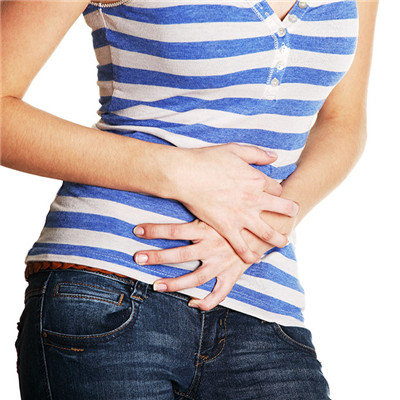
Nausea and vomiting are the most common symptoms. For example, nausea and vomiting are stubborn or frequent, which can cause dehydration, collapse and electrolyte disorder. It is more common when stones or Ascaris lumbricoides obstruct the cystic duct. ③ Chills, chills and fever are common in mild cases; Severe cases can have chills and high fever, fever can reach more than 39 ℃, and delirium, delirium and other mental symptoms.
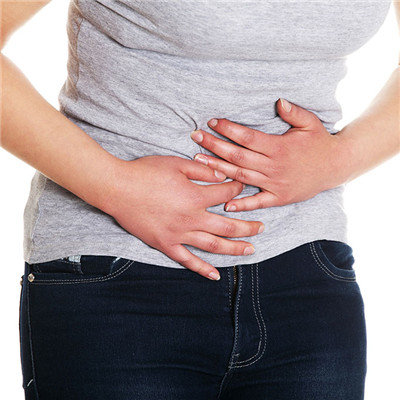
Jaundice is rare. If jaundice is mild, it means that the infection has spread to the liver through lymphatic vessels, causing liver damage, or inflammation has invaded the common bile duct. 15% ~ 20% of the patients have liver damage due to pericystic edema, gallstone compression and pericholecystitis, or inflammation involving the common bile duct, resulting in sphincter of Oddi spasm and edema, resulting in bile excretion disorder, and mild jaundice.

matters needing attention
① Actively prevent and treat bacterial infection and complications, pay attention to diet hygiene, prevent the occurrence of biliary tract parasitic diseases, and actively treat intestinal ascariasis. ② The daily life is moderate, pay attention to the combination of work and rest, cold and warm, keep optimistic mood and unobstructed stool. ③ If the disease has stones, or often attack, surgery can be considered. ④ Low fat meal should be used to reduce bile secretion and gallbladder burden.
